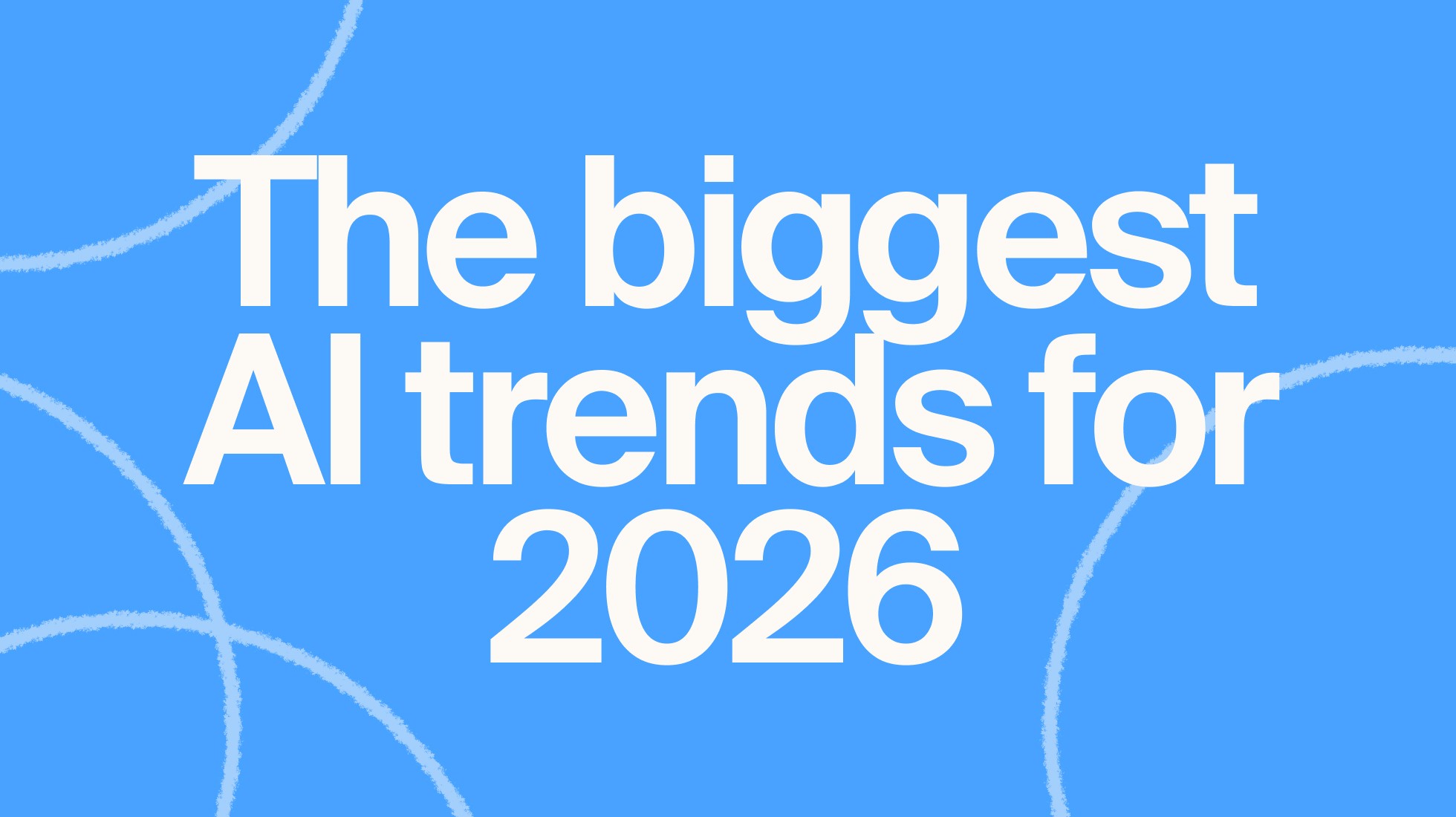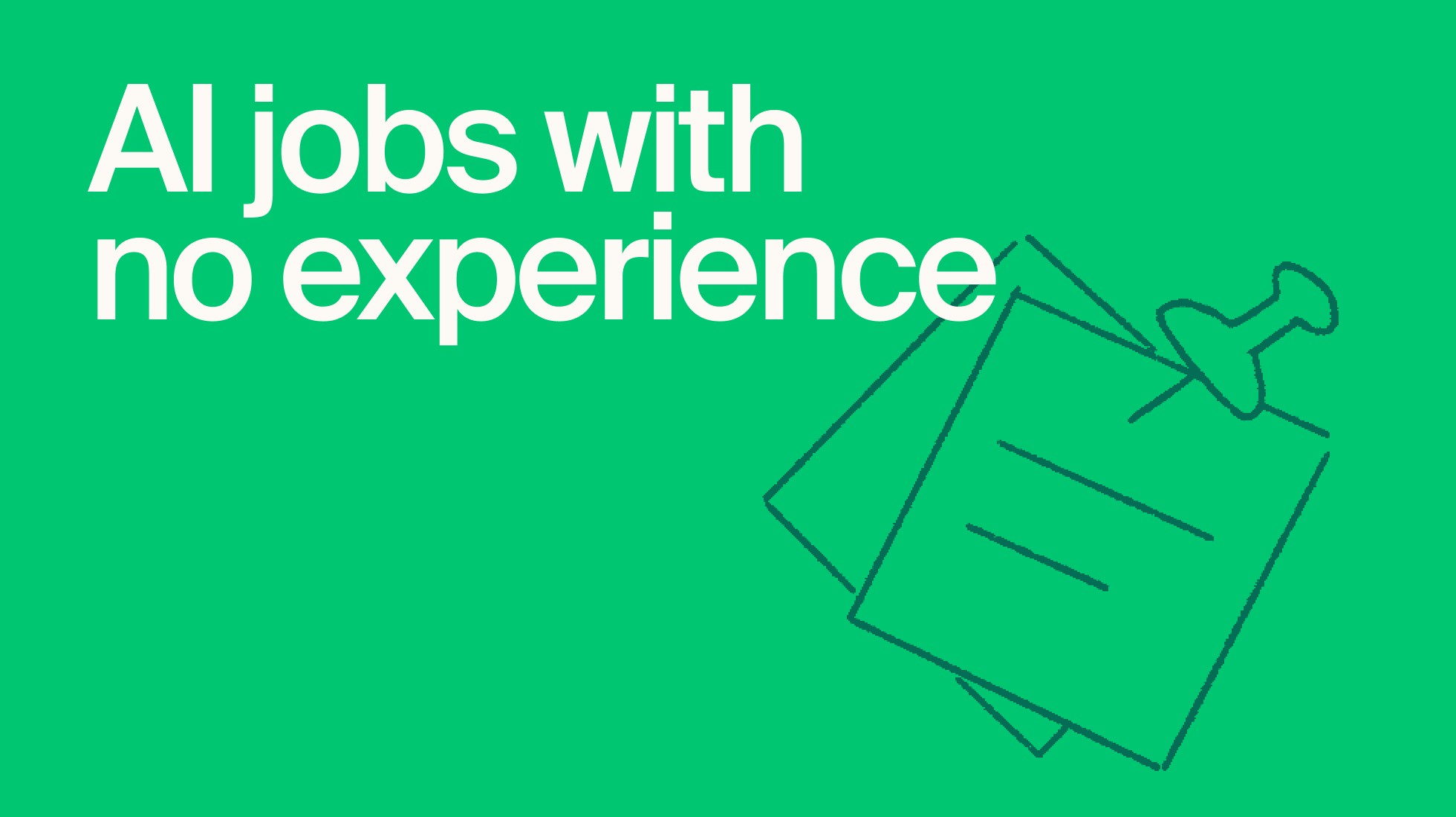Community Stories
September 25, 2024
Article by
Christopher Savage
I started as a freelance editor for Mindrift about six months ago. I can honestly say it has been different from any freelance gig I've had in the past. I’ve found it essential to keep an open mind and to manage my expectations from the beginning. That said, it has been an experience that I feel incredibly positive about overall. Before I explain why, I'll give you some background about myself.
I'm a professional writer by trade and work full-time at a large technology company. Yet even with the solid income from my nine-to-five, I often find it challenging to make ends meet. As a parent, I have many unexpected expenses, and we all know the cost of living has skyrocketed in the past few years.
Mindrift has been a lifesaver for me on several fronts. Most notably because it allows me to earn how much I want when I want. Freelance editing for Mindrift has perfectly complemented my busy lifestyle, and I am happy to share how it could benefit others.
My path to freelance writing and editing
I started my writing career as a reporter for a small daily paper. I had graduated from journalism school the previous year and was eager to work. Sadly, this was in the early 2010s. Significant layoffs in print journalism were happening everywhere, and I was a part of those.
I decided to pivot to the advertising world, and a small agency hired me as a junior copywriter. From there, I found positions with more prominent agencies that had larger clients. I enjoyed my work, but the hectic environment and demanding clients inevitably wore me down.
I eventually took a more stable job in corporate retail marketing. The contacts I had made in the agency environment continued to hire me on the side for small jobs here and there. This was the start of my freelance writing and editing endeavors.
From then on, I could always make ends meet with my full-time marketing job and steady agency freelance income. This was a good thing since I had recently become a parent, and there were always new bills to pay.
The impact of COVID-19 on freelancing
When COVID hit in early 2020, the agencies I freelanced for lost their clients almost immediately. Businesses shut their doors, and customers stayed home. Advertising is often the first thing to go when things get tough.
My agency partners no longer had writing assignments for me, and despite their wanting to keep me supplied with paid tasks, they simply didn't have any work. Many of my fellow writers experienced the same sudden loss of income.
Large Language Models arrive on the scene
Two years later, business picked up again when the pandemic ended. I was relieved to find many new opportunities for blogging and editing. Things seemed like they would permanently shift to how they were before the pandemic.
The launch of LLMs like ChatGPT changed that outlook rather quickly. Many of the content agencies hoped they would be able to integrate this fantastic new tech into their service offerings. Ultimately, it meant a massive decrease in demand for writing services, and many freelancers like myself were left looking for work again.
Mindrift appears in the nick of time
I first found job postings for Mindrift on LinkedIn while eagerly searching for new writing or editing opportunities. The description detailed a new opportunity for freelancers like myself to use our skills to contribute to developing the rapidly growing field of artificial intelligence. The best part was that their unique platform offered the ability to work from anywhere, anytime.
The process was very straightforward. I completed an initial application and had my resume screened by a Mindrift representative. Within a few days, I was contacted and asked to take a quick skills test. Shortly after, I received emails welcoming me to the team and providing links to their project server and other collaboration platforms. I was thrilled to learn that a few exciting projects were already in progress and several others are being launched.
The benefits of Mindrift's task-based system
I quickly found that one of my favorite Mindrift perks is the lack of deadlines or quotas to meet. All I have to do is log on when I'm ready to start editing and accept a task to complete. As an editor, most of my assignments take ten to twenty minutes to finish. This makes it easy to start and stop as I see fit. I can freelance for a few minutes or several hours, depending on my situation.
Since I have a day job, I typically like to edit in the evenings or on the weekends. As mentioned above, I also have parenting responsibilities, so I'll often start once everyone is in bed and I have some quiet time. There are no clients to deal with, so my timing doesn't depend on anyone else – I'm totally independent. On the weekends, I like to get up nice and early to do a little editing, then grab a coffee and hit the gym.
Suppose I know I'll have a considerable expense coming up (this month, it will be new winter tires). In that case, I can clear my schedule and spend an entire day completing tasks to ensure a larger sum when I get paid.
Final thoughts to share
Gas prices continue to rise, and our family grocery bill has never been higher. Extracurricular fees, medical bills, and vehicle repairs are a fact of life for many adults. I would struggle to manage these expenses with today's rising cost of living if I couldn't earn extra income to supplement my full-time job.
Freelancing has always been a rollercoaster, but the ride is much smoother now that I can precisely pick my hours and don't rely on project managers or clients. I'm grateful for the flexible earning ability I have now, and I hope that my story encourages others interested in this type of work to reach out and see how they can get started.
Explore AI opportunities in your field
Browse domains, apply, and join our talent pool. Get paid when projects in your expertise arise.
Article by

Christopher Savage




